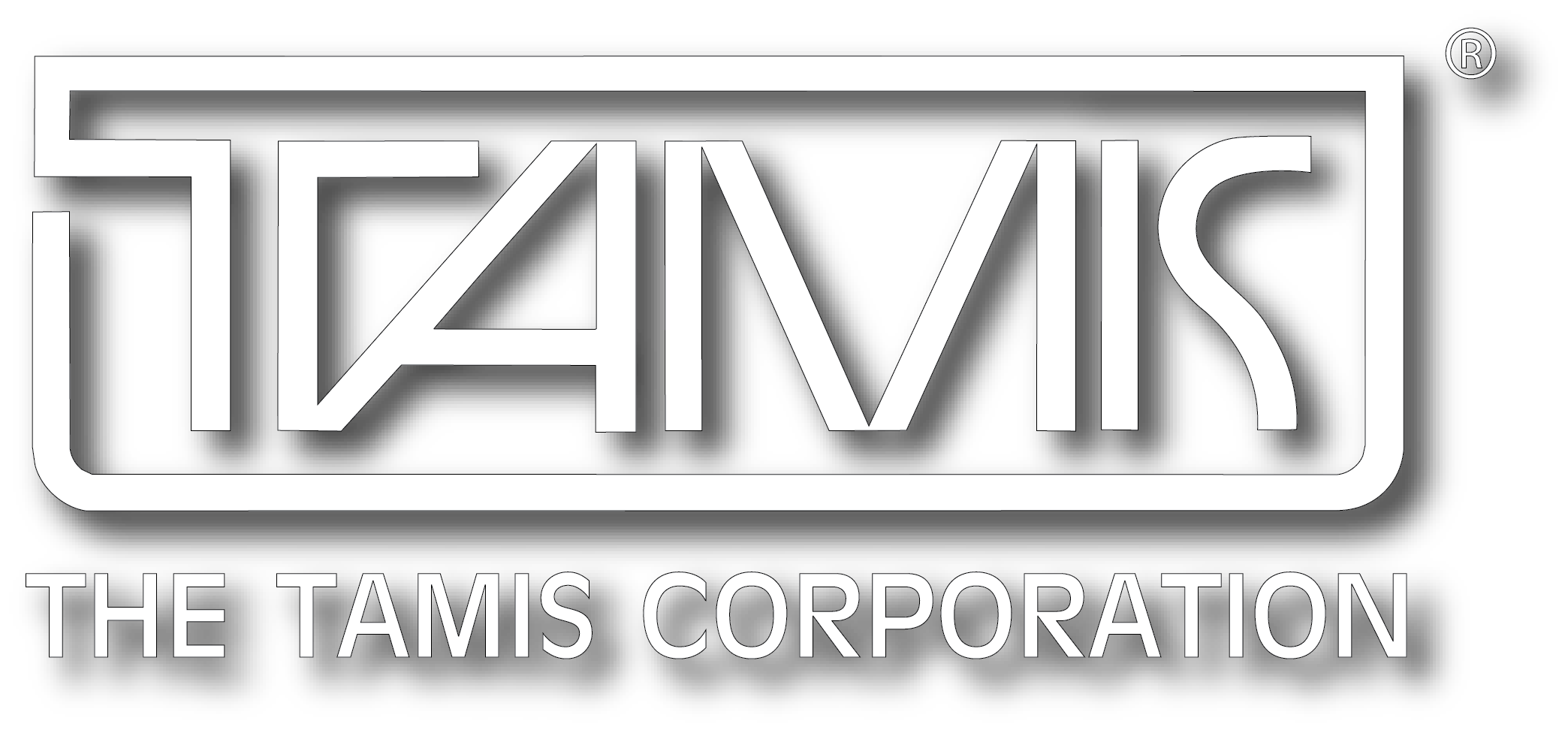Introduction
Portable carts are used to move crowd control barriers around a facility. They are designed for pulling and lifting steel barriers, and are meant for internal, off-road use within private facilities, not for moving barriers on the open road.
With carts, steel barricades can be moved quickly from inventory to their place of use (and back). Carts enable one-time handling of barriers – multiple barriers can be loaded or unloaded, as opposed to moving each barricade individually. The benefit is significant time savings and reduced labor costs.
The most popular cart currently in use was designed by The Tamis Corporation, manufacturer and supplier of Blockader interlocking steel barriers. The company’s extensive experience with customers who inquired about more efficient ways to move crowd control barriers (which can weigh 40-50 pounds each) led to the development of the portable cart in 1995. Since then, new designs have improved the strength and efficiency of the cart. But the carts aren’t meant for only one brand of barrier. They have specifically been designed to accommodate all standard barrier frames.
These carts are also used to store barricades. When barriers are not needed, they can remain on the cart in a storage area. When they need to be moved within the storage area, the cart makes that task easy.
Current Capacity and Comparisons
The large portable cart will hold 28 barricades. Therefore, if a forklift pulls one cart from behind while simultaneously lifting a cart in front, that forklift can move up to 56 barriers at a time. In contrast, without carts, a forklift can move only 15 (un-carted) barriers. Thus, the latest model of cart provides nearly four times the efficiency of moving stock via forklift alone.
In addition to this efficiency, carts also provide a safer, more product-friendly way to move barriers. Barriers that are not on a cart can easily slip from a forklift, resulting in damaged product and wasted time and effort. Carts hold barriers upright and in a stable position, enabling them to be pulled and lifted safely by the forklift, even in sharp turns.
Portable steel barrier carts can also be pulled by Cushman electric carts.
Cart Facts
Carts are made of heavy duty steel, and, at a weight of 360 pounds, are sturdy. Their wheels match the strength of their bodies. Wheels are made of cast steel with heavy-duty roller bearings, zert fittings for grease, and neoprene covers.
Loading barriers onto carts is also easy. The cart was designed at a height meant to facilitate quick loading. Barriers can be loaded onto carts in either a full or partial arrangement.
When carts aren’t in use moving or storing barricades, they knock down for easy, flat storae.
Basic Push Cart
Thus far, the information in this article has focused on the large portable cart. A second, smaller style of barrier cart, known as the Basic Push Cart, holds eight barricades, and is designed to be pushed by hand. For sites or events that don’t need to move high volumes of barricades, but still want to avoid the inefficiency of having someone carry them by hand one at a time, the basic cart is ideal for handling small quantities. The basic cart’s small width (less than 48 inches wide) allows easy doorway clearance.
Summary
Portable carts provide an efficient, time-saving way of moving crowd control barriers within a facility or area. As opposed to moving individual barricades one-at-a-time by hand, or moving(at most) 15 at a time by forklift, today’s portable cart will hold 28 barriers, enabling a forklift to move two carts (up to 56 barriers) by pulling and lifting simultaneously. Barriers are also safer and less susceptible to damage when they are moved by cart, and when barriers are not in use, carts can become a de facto – and efficient – storage mechanism.
